Practical Guide to Work-to-Eat Projects for Mental and Emotional Health
This post contains affiliate links. These won’t cost you anything, but the commissions we may earn through them help offset the cost of our dogs’ toys. Thanks for your support!
Today we will discuss Work-to-Eat projects and how they can help you create increased mental and emotional satisfaction for your dog. Now if you’ve looked at any of my other stuff, you know I like to talk about the rationale behind things, including some of the behavioral science going on. So if you’re watching the video and want to get right to the projects, you can check the time codes and skip the beginning part:
- Maze Bowls: 6:56
- Hollow Toys: 7:26
- Dissection: 9:19
- Stubbies & Scuds: 10:24
- Towel Rolls: 11:20
- Foraging: 12:02
- Store Bought: 13:10
- Continuing Education: 13:38
For the rest of you, I think you’ll find this interesting…
BEHAVIORAL PRECEDENT
Foraging is an instinctual need. It is the act of working to find and procure food. Canids of all stripes spend the vast majority of their waking hours searching for something to eat and it’s no different for dogs. On the other end of that, hunting and/or foraging has about a 70% failure rate! That’s a lot of time spent on something that doesn’t yield many positive results.
However, Mother Nature, in her wisdom, has made it so that all stages of the process—regardless of the outcome—are inherently stimulating and enjoyable (otherwise who the heck would keep doing it?). Thus regular bowl-feeding can deprive a dog of a whole suite of principal activities related to searching for and acquiring food. Many dogs will finish eating and then spend much of their remaining day searching for entertainment. In many cases, their recreational choices become annoying and mischievous misbehavior. This can mean an increased likelihood of becoming more reactive, more easily hyper-aroused when people come over, stealing contraband, chewing up slippers, and probably a hundred other things people wish their dogs wouldn’t do.
Now, don’t mistake what I’m saying: Work-to-Eat projects don’t magically solve behavior problems, but increasing functional enrichment can make other training methods more effective while increasing your dog’s overall mental and emotional health, which—I dunno about you—is pretty important to me! So delivering meals as WORK-to-EAT Projects allows a dog to forage, search, dissect, and consume in a way that extends meal time and makes it highly emotionally satisfying.
WHAT IS “WORK-to-EAT?”
The driving concept behind Work-to-Eat Projects is that the passive activity of eating from a bowl becomes a more *interactive* event where your dog receives mental and emotional stimulation. Work-to-Eat projects are in place of regular meals and replace the bowl.
We’ve discussed this before, and some folks have countered that dogs shouldn’t have to earn their main meal. This is simply a misunderstanding of the purpose of enrichment and how important opportunities to seek and forage are to your dog. Dogs are opportunistic scavengers descended from predators, so the act of seeking and acquiring food is hard-coded in their software.
Along these lines, there’s a well-documented psychological component here called “contrafreeloading.” Given a choice, animals tend to prefer working for food rather than eating passively for free. We’ve known this since the 70s when rats and pigeons would choose to work for food over an open buffet. And anyone who’s ever worked in a Zoo will tell you everything from elephants to dolphins does the same thing.
Animals would rather be ACTIVE. Persistent, energetic behavior is a survival trait that is reinforcing. It’s satisfying—and this is true in dogs, too. So when we reduce mealtime to a detached, brainless experience, we create a void in their daily existence.
This is so important to a dog’s well-being that dogs almost never eat out of the bowl in the shelter I work at. Every meal is some Work-to-Eat project. Shelters are stressful places for dogs to be, so working to eat is one of the many enrichment activities we do with dogs in our care.
Now, I know some of you are probably saying, “I’ve fed from a bowl as long as I’ve had dogs, and I’ve never had a problem.” And that’s great. There are always examples to the contrary, just like there are people that smoke their whole lives and don’t get cancer. It doesn’t mean smoking’s a good idea. But in the typical urban setting, dogs are much more likely to be understimulated, so Work-to-Eat projects is just one easy way to make up the difference productively.
WORK-to-EAT COMPONENTS
Several pieces play into Work-to-Eat enrichment that are of note. The first is activating the nose. Believe it or not, unlocking the full powers of their nose is not something most dogs are born with. It’s a skill that can be cultivated and honed. We can show them how to do it and light up the olfactory bulb in their brain (which is about 40 times bigger than yours).
Another is activating the “searching circuit” in the brain. The searching circuit is perhaps one of the most highly charged neural pathways. Searching is inherently satisfying. We see this in almost all organisms because it’s a survival trait. We even see it in people when they spend time browsing antique malls, yard sales, and clearance racks. Activating the searching circuit is why foraging is a compellingly satisfying activity for dogs.
We also like appealing to dissecting, which is a component of the predatory sequence. “Prey drive” sounds scary (and I suppose if you were a rabbit being chased it would be scary). But understand that the desires associated with prey drive are hard-coded into a dog’s software. There are thousands of years of genetic history there. The drive itself isn’t a problem; unstructured drive becomes a problem. So if we provide structured opportunities for them to express natural behaviors and to find gratification with these desires (and we connect those with us) then we not only build a deeper bond, but a healthier and better behaved dog, too.
On a side note, this is one of the reasons I love tug and retrieves so much. These activities create structure around prey drive. Dogs are satisfied, and we get to channel those desires into building better obedience and character traits. One thing trainers see a lot is when dogs become too invested in instant gratification and are unwilling to work through problems, other kinds of training become difficult. Typically we discuss this in terms of Low Frustration Tolerance (LFT).
In dogs, we see this as behaviors aimed at avoiding frustrating events, paradoxically leading to increased frustration and stress. Specifically for you watching this, if work-to-eat projects are new to your dog, you may have to make them very easy initially, or your dog may give up. There are countless methods and variations on the Work-to-Eat theme. You could probably do a different one every day and never run out of ideas. That said, what follows are some of the favorites that I keep coming back to.
WORK-to-EAT PROJECT IDEAS
MAZE BOWLS
These are the easiest enrichment strategy to implement. These bowls with obstacles built into them to make it harder for your dog to access the food. Typically these are designed to slow down a dog that eats too quickly (especially for dogs susceptible to bloat). However, maze bowls are great for ANY dog as an enrichment activity. They’re also an ideal way to introduce Work-to-Eat projects to dogs with Low Frustration Tolerance. Maze bowls are commercially available at most pet retailers or online.
STUFFED HOLLOW TOYS
These have the greatest amount of creativity and variation available. Kongs are probably one of the most popular, but they are NOT the only kind available. We also love the PetSafe Barnacle, PetSafe Squirrel Dude, West Paw Toppl, OurPets Atomic Ball, and the Ruffwear Gnawt-a-Cone.
Regardless of which one you use, they’re all prepared mostly the same.
To use your hollow toy right away:
- Fill the toy with part of your dog’s daily ration of food.
- Slap a knob of peanut butter or plain yogurt on top. You can also substitute any nut butter such as almond, cashew, or hazelnut—except macadamia. Also, make sure nothing you use contains Xylitol (also known as “birch sugar”) which is poisonous to dogs.
- Then, give the toy to your dog.
You can also prepare it ahead of time.
- Fill the toy with part of your dog’s daily ration of food.
- Drizzle a little water through it—not a lot, just moisten the food a bit.
- Then, freeze it.
- At mealtime, take it out of the freezer, slap a topper on it, and give it to your dog.
Check out our dedicated post (which includes a video) on filling and using hollow toys for more on this type of work-to-eat project. There, you’ll gain more insight into this rewarding activity.
We’re frequently asked whether frozen toys can upset a dog’s stomach. The answer is a resounding “no.” By the time the already-thawing toy has been pawed and licked, and the food has been chewed and swallowed, it’s way above freezing. It’s barely even cool by then.
For low frustration tolerance dogs, don’t moisten or freeze the food. Give it to them dry and loose so the food tumbles out. A larger toy with a bigger hole may even be better so it’s easier to access the food.
You can also purchase other hollow toys with more complicated configurations. The Kong Wobbler, the OurPets Buster Cube, and PetSafe’s Magic Mushroom and Tug-a-Jug are all really good. I do not recommend moistening or freezing the food for these. \
PRO TIP: Don’t leave the toys out. Once the meal is finished (or your dog abandons it), pick it up, wash it, and put it away. We tell kids not to leave their dirty plates around the house—the same thing applies with these. The only things that should be available 24/7 are chew toys (see our article on The 4 Types of Toys and How to Use Them).
DISSECTION PROJECTS
Dissection is one of the end elements of the prey drive sequence, and it’s a hard-wired instinct that dogs find inherently gratifying. This is why dogs tend to tear apart stuffed animals, the laundry, or the mail.
We can help satisfy this urge by putting it where it goes: mealtime. If they’re given sufficient opportunities to engage in this activity and only allowed to do so in more functional contexts, they are not only getting super enrichment but are also generally less likely to dissect other things around the house. You can use cardboard egg cartons, cereal boxes, granola bar boxes, paper bags, or almost anything.
Prep:
- Fill the parcel with part of your dog’s daily ration. Add any other bits you like to make it interesting such as bits of veggies, sardines, or some wet food.
- Close it up
- Serve it up.
It will make a bit of a mess. And they’ll probably eat some cardboard. Of course, monitor your dog’s experience and adjust accordingly. But I’ve done these hundreds of times in my own home, and we’ve done this for years with the dogs in the shelter.
DISSECTION: STUBBIES AND SCUDS
Stubbies and scuds are a variation of dissectibles that I loved and developed further.
Save your toilet paper and paper towel rolls (believe me, it won’t take long to get a lot!).
To make a Stubby:
- Fold down one end of a toilet paper roll. Fill it 1/2 to 2/3 with your dog’s food. Feel free to add other yummy things.
- Serve it right away or stick it in the freezer.
One stubby holds about 1/2 cup. You can make about a dozen stubbies in 5 minutes to put in the freezer and have them on-demand as you need them. Some dogs will open them up and extract the stuff inside. Some dogs will consume the whole thing, and that’s OK…they’ll poop out the cardboard. Of course, monitor your dog the first few times they dig into one!
A scud is just a paper towel roll with both ends folded down. This is best for large or mid-size dogs. One scud holds about 1.5 cups, so an entire meal (or almost) can fit in a scud.
FORAGING
As I mentioned, foraging is a powerful activity for any dog. One of my favorite ways to do this is with anti-fatigue mats. These are available in your hardware store and usually come in 3’x3′ squares. These are scored on the square foot and are thus very easy to cut with a utility knife into nine 1-square-foot pieces. These super sturdy, all-rubber, dishwasher-safe squares make great enrichment toys for your dog.
- Put the mat down, scatter some kibble on it (or even use wet food)
- Let your dog work to get it out of all the holes and grooves.
Snuffle mats are also available to buy, and there are instructions to make them online. But I don’t like them because, as much as dogs tend to like them, they’re high maintenance. They get pretty funky after a few uses, and then they’re very tedious to clean. I prefer items that I can spray off in the sink and/or put in the dishwasher. As far as forage feeding goes, you can even do something as simple as putting the food in muffin tins, cookie sheets, boot trays, or even out in the grass on a nice day.
FORAGING+DISSECTION = TOWEL ROLLS
Lay a towel out flat and create a bead of food in the center, lengthwise. Then, roll the whole thing up. Your dog will have to unroll it to access their food. Vary the size of your towel depending on the size of your dog; small dogs may get a tea towel, while large dogs could get a full-size towel (or several rolls stacked up). Dogs will often figure out this one pretty quickly, so feel free to keep the novelty fresh by:
- Varying the contents in multiple towels
- Arrange the towels in creative ways
- Nest and counter-roll towels
- Or turn it into a searching activity by placing rolls around the room
STORE-BOUGHT
There are several kinds of more involved enrichment toys out there. Nina Ottasson toys, for example, are pretty cool enrichment toys. But they’re generally fairly expensive. If you see something that intrigues you and that you think your dog would like, go for it. Otherwise, I’m all about the DIY aesthetic. I feel like it’s less expensive with more freedom to experiment that way. Usually, the novelty is over once your dog figures out the store-bought toys. But, of course, your mileage may vary!
CONTINUING EDUCATION
Work-to-Eat is just one branch of Canine Enrichment. Generally, canine enrichment is a holistic approach that attempts to meet all of a dog’s natural and instinctual needs. I usually start with Work-to-Eat when I introduce enrichment to my students because it’s one of the easiest to implement right away. If you’re keen to learn more about Canine Enrichment and try out more things (and I definitely encourage that), here are some resources for you:
- The book: Beyond Squeaky Toys: Innovative Ideas for Eliminating Problem Behaviors and Enriching the Lives of Dogs and Cats, by Cinthia Alia Mitchell and Nicole Nicassio-Hiskey.
- The book: Canine Enrichment for the Real World by Allie Bender, CDBC, and Emily Strong, CDBC
- On Pinterest: Look up “canine enrichment,” and you’ll probably get more ideas than you can use in a lifetime!
- The Facebook group “Canine Enrichment” has over 300k members. Ideas are abundant, and people will often post videos of their dogs doing things so you can see them in action.
NOW GO FORTH!
All right, everyone, I hope this has helped you understand the why and the how, and I hope it’s sparked your imagination to go and try some of these things out. You can do this two or three times a week to get the feel for it, but you can honestly replace as many bowl meals as you want with Work-to-Eat projects. There really is no limit. We have a free PDF for all of this that you can download and print. GRAB IT NOW!
Questions for you: What are some ideas you have that we can add to the mix? And what questions do you have about work-to-eat projects? Let me hear from you in those comments! Don’t forget to thumbs up the video if you found it useful, and don’t forget to subscribe to the Simpawtico channel so you never miss any of our videos.
As always: keep learning, keep practicing, and we’ll see you next time!


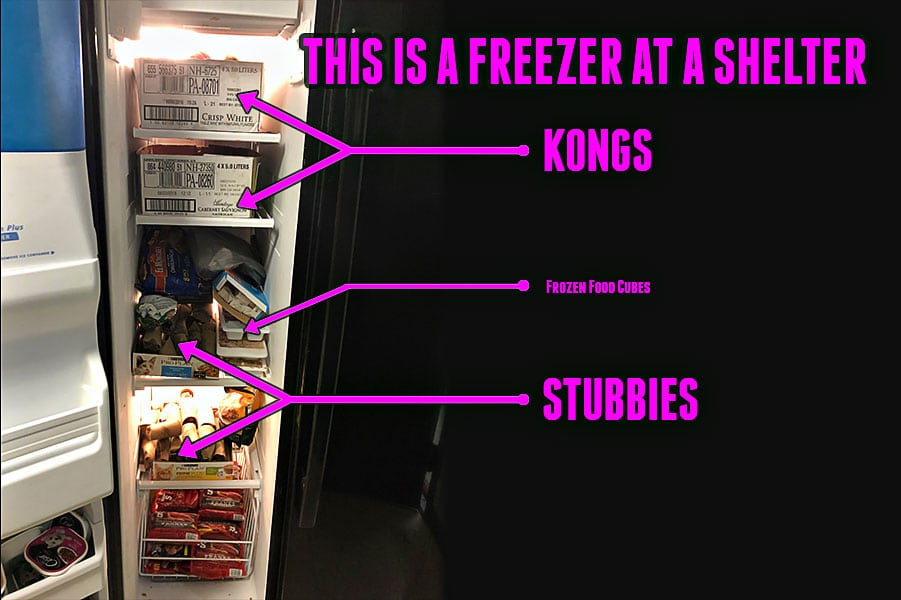
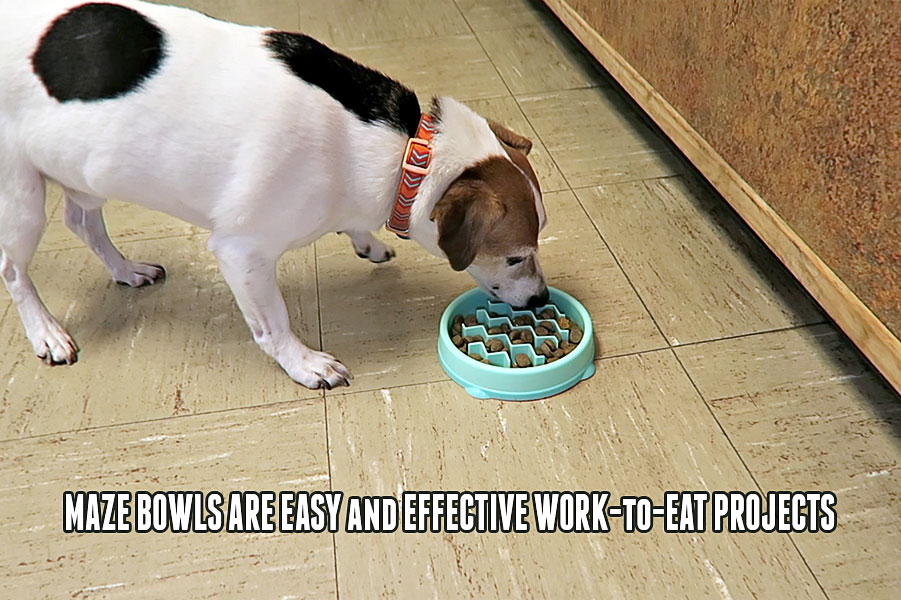
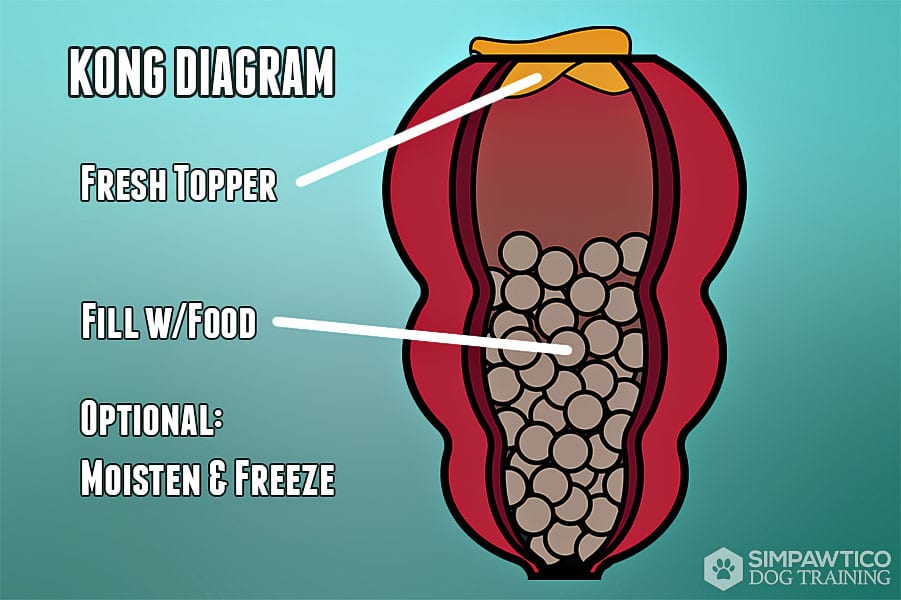
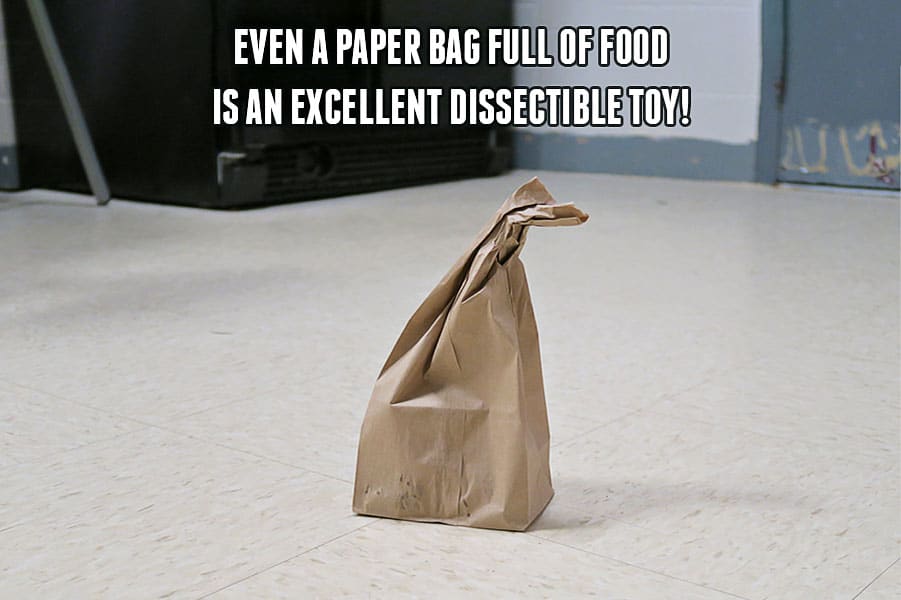
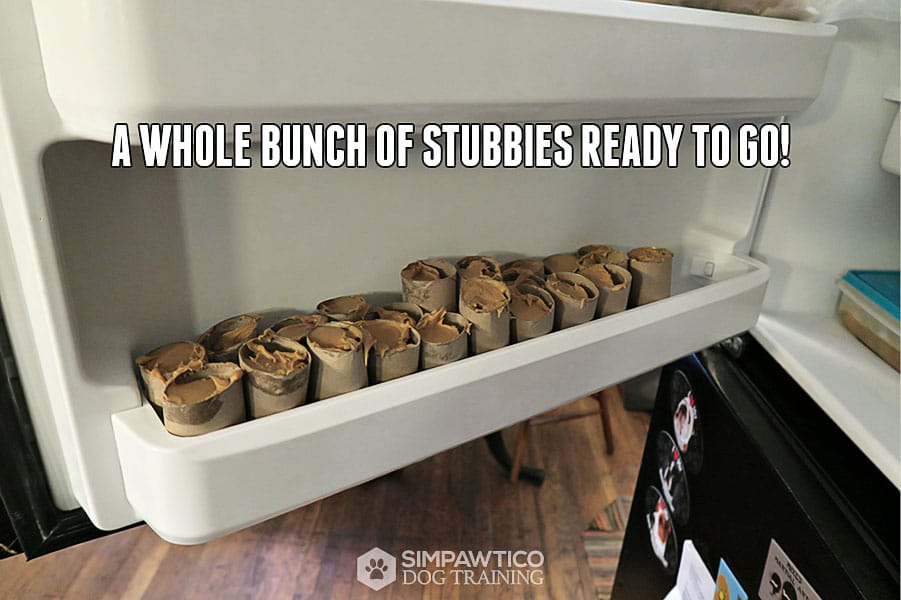
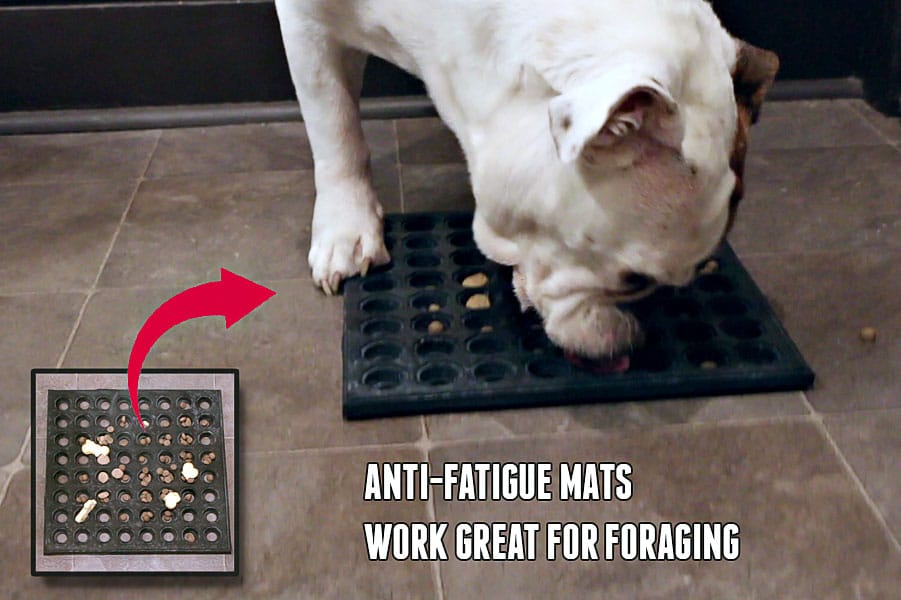
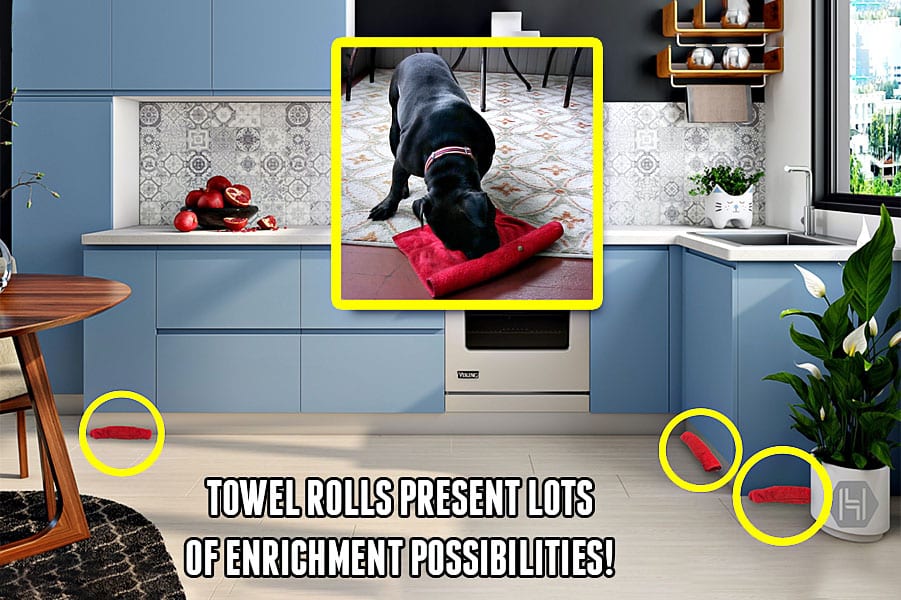
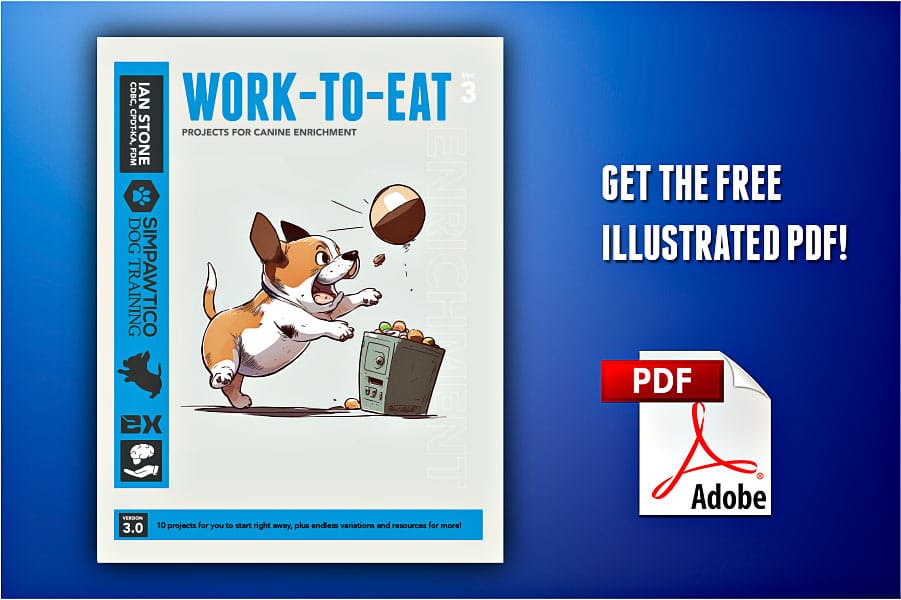
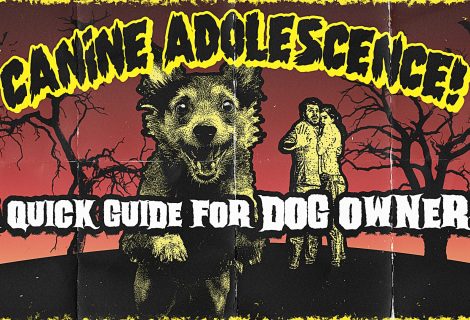


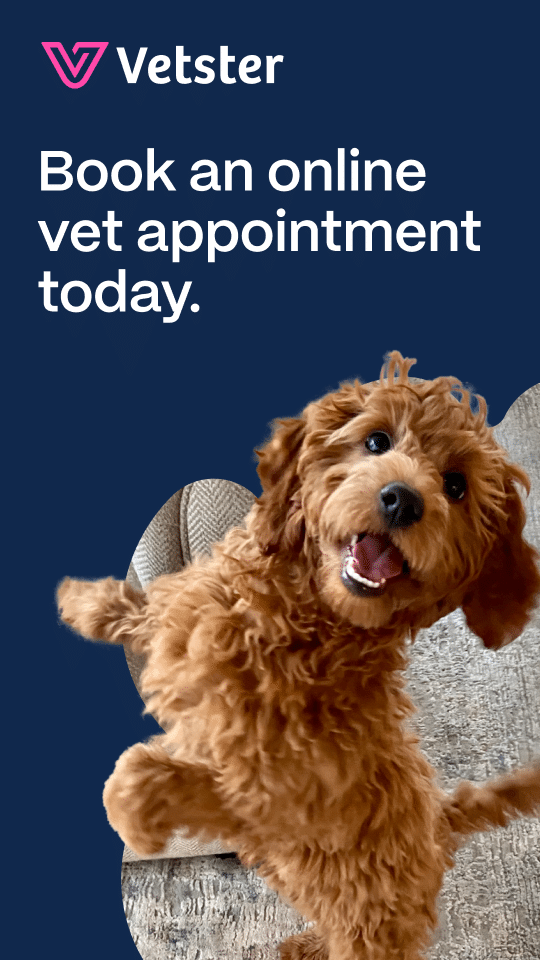

Trackbacks for this post